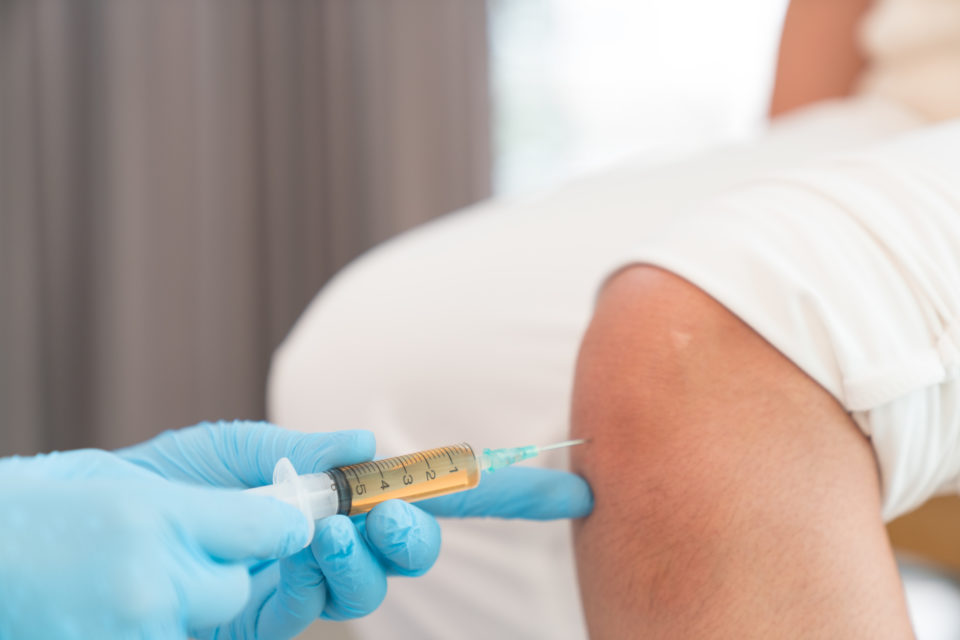
Cardiac, vascular and hypertension treatment-emergent adverse events (TEAE) rates were similarly low with the tyrosine kinase inhibitors (TKIs) bosutinib and imatinib, according to a study published in in the SOHO 2019 Meeting Proceedings Supplement in Clinical Lymphoma, Myeloma and Leukemia.
In an ongoing, randomized, phase 3, open-label study which began in July 2014 with an average follow up of at least 36 months, researchers assessed 268 patients with a newly diagnosed chronic phase chronic myeloid leukemia (CP-CML) who received at least one dose of bosutinib, and 265 patients who received at least one dose of imatinib. In an ad hoc analysis that evaluated cardiac, vascular, and hypertension TEAE rates, exposure-adjusted TEAE rate was specified as the number of patients with TEAEs divided by total patient-year, where patient-year is the sum of total time to first TEAE for patients with TEAEs plus treatment duration for patients without TEAEs.
Subsequent to follow-up, the researchers observe that 65% vs. 62% of patients in the bosutinib vs imatinib arm were still on treatment. The rates of cardiac, vascular and hypertension TEAEs, respectively, were 9%, 7% and 8% vs. 6%, 3% and 9% for bosutinib vs imatinib; rates of TEAEs leading to treatment discontinuation (0.4%, 1% and 0% vs. 0%, 0.4% and 0%) and treatment-related TEAEs (3%, 2% and 1% vs. 2%, 0% and 2%) were deemed low in both groups. The most common cardiac, vascular and hypertension TEAEs found were sinus bradycardia (2%), angina pectoris (3%) and hypertension (7%) vs. prolonged QT (3%), peripheral coldness (1%) and hypertension (9%) with bosutinib vs. imatinib, respectively.
Moreover, corresponding grade 3/4/5 TEAE rates were 3%, 3% and 4% vs. 1%, 0.4% and 4%. Hypertension was the only grade 3/4 TEAE occurring in ≥1% of patients in either arm (4% each); 1 grade 5 TEAE each occurred with bosutinib (cardiac failure) and imatinib (cerebrovascular accident). Exposure-adjusted rates of cardiac, vascular and hypertension TEAEs, respectively, were 0.04, 0.03 and 0.04 vs. 0.03, 0.01 and 0.04 (grade 3/4/5 only: 0.01, 0.01 and 0.02 vs. 0.01, 0.002 and 0.02) for bosutinib vs imatinib. According to the study authors, “many TEAEs were low-grade and few led to treatment withdrawal.”







 © 2025 Mashup Media, LLC, a Formedics Property. All Rights Reserved.
© 2025 Mashup Media, LLC, a Formedics Property. All Rights Reserved.